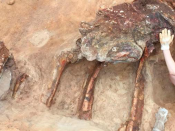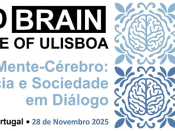Por Santiago Liebrecht [orientadores: Helena Mouriño (DEIO-FCUL) e Adalgisa Guerra (Hospital da Luz, Lisboa)].
Abstract: The enormous technological development in the area of magnetic resonance imaging (MRI) with the arising of equipment and methods of image acquisition and processing more and more sophisticated, has led to an increasing use of this technique in areas such as diagnosis support, tumour staging and therapeutic decision. The excellent spatial resolution and the diversity of contrasts used in MRI (for example, anatomical image and diffusion) give this technique a high sensitivity and specificity in the detection of prostate tumours, being fundamental for the planning of minimally invasive robotic surgical interventions.
The interest in mapping non-invasive histological/functional/anatomical features using MRI as a possible alternative to the pathological anatomy and predictive biomarker in prostate surgeries has recently increased. However, such methodologies need clinical validation.
In this study we will be questioning whether the MRI is an effective method for studying prostate cancer before operating, thus staging the prostate tumour through biomarkers and then comparing the tumour stage attribution before the operation with the actual tumour stage found after operating the patient, and through a logistic regression try to predict the staging of the tumour, based on the observed characteristics of the patient.





















